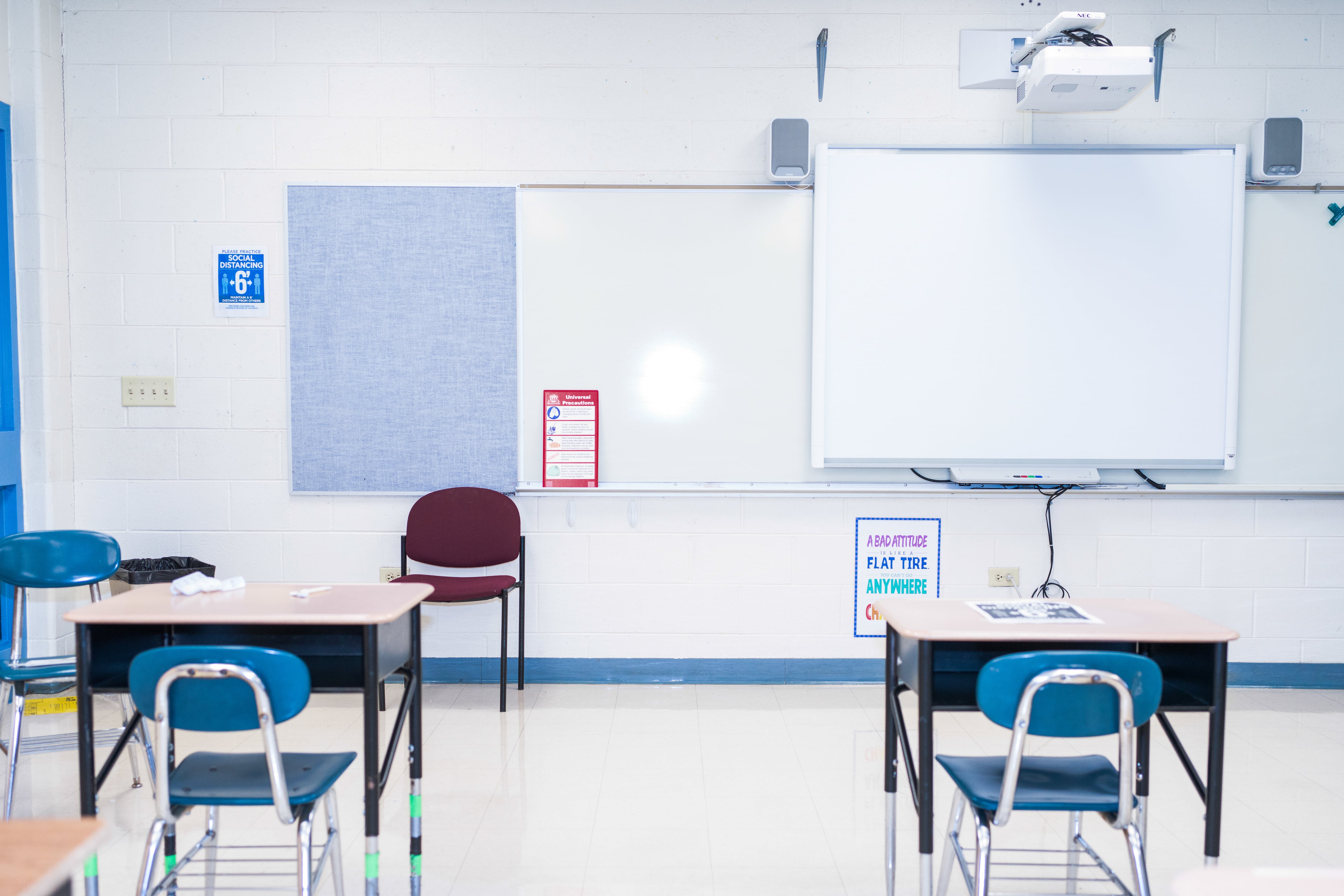Reversing themselves, a majority of the Aurora school board voted reluctantly Tuesday to close two small schools at the end of the next academic year.
The district will close Sable and Paris elementary schools as part of the district’s rollout of the long-term facilities plan known as Blueprint APS, a plan that three board members wanted to abandon instead.
Board members Debbie Gerkin, Michael Carter, Tramaine Duncan, and Anne Keke voted in favor of closing the two schools and keeping the plan, while board members Stephanie Mason, Vicki Reinhard, and Nichelle Ortiz voted to abandon Blueprint and keep the schools open.
The approved plan also includes creating a new magnet school on the campus of North Middle School.
The 4-3 vote came just two months after the same board had voted to spare the schools, and some parents yelled at board members after the vote. They had urged the board in public comment to honor that prior decision and keep the schools open.
But because of the board’s governance policies, when the board rejected the superintendent’s decision, he was obligated to come back again with another proposal. Munn had pressed the board on whether they wanted to change the criteria he used to decide that these two schools were the most appropriate to close. After hours of discussion in multiple meetings, the board had trouble articulating new criteria and sometimes questioned why they should be the ones to create new guidelines.
Some board members Tuesday were still troubled that Munn ignored their March vote and presented the same school closure recommendations again. But Munn explained that it was his belief that this was the best path forward, and absent new guidelines, he had no basis on which to tell another school that they would be closed instead.
“It would just be me randomly changing my mind — until you change that criteria,” Munn said.
The district has already closed six schools as part of the Blueprint plan and committed over $75 million dollars to new projects. Those include the creation of two new magnet schools on the campuses of closed schools and the construction of two new buildings.
Blueprint APS is the district’s long-term plan to respond to declining enrollment in western parts of the district and growth on its eastern edge. Munn has said consistently that decisions made under the plan are interrelated and cannot proceed independently.
Among the board’s other options Tuesday were scrapping the long-term facilities plan altogether or pausing it while the board reviewed more history and gathered new feedback from the community to consider changes.
But doing that would destabilize several schools in the region, Munn said. Staff at other schools could feel uncertain about the future of their own schools. In that situation, he would recommend the district pay teachers stipends to keep them at the schools under closure threat.
A teacher at one of the schools set to be closed said she wasn’t interested in money.
“Save your stipend, I wanted you to save my school,” said Yolanda Calderon, who is also a board member of the teachers union.
If ordered to abandon Blueprint, Munn said he would default to a different board policy that would direct him to create a long-term plan himself — and that would still likely result in school closures.
But, according to Munn, he could adopt a stricter formula that closes schools when enrollment drops below a certain number, which might mean less notice before a decision. The current approach considers a range of factors in recommending school closure. Sable in particular does not have the lowest enrollment among schools in the region.
Board member Ortiz initially asked the board to vote on scrapping Blueprint, despite saying that she feared she was giving up control over future plans. That motion failed.
Several neighboring districts are also wrestling with ways to close schools as enrollment declines, and the board discussion at times referenced hard decisions in other districts. Jeffco Public Schools, for example, operated without a long term school closure plan for years. In the last two years, the district closed two schools that were expected to have fewer than 100 students in the coming school year. Families and staff members got only a few months notice in each of those cases.
Munn said that if Aurora abandoned Blueprint, his approach might look more like Jeffco’s.
In public comment parents and staff of Sable and Paris said they felt disrespected and betrayed. Several speakers also said they were confused about the process of having the board vote once again on the same recommendations, and questioned the facts that the superintendent presented to justify the school closures.
“Why is it still not clear what the exact criteria are?” one mother asked the school board.
Yesenia Robles is a reporter for Chalkbeat Colorado covering K-12 school districts and multilingual education. Contact Yesenia at yrobles@chalkbeat.org.






